When To Top A Cannabis Plant
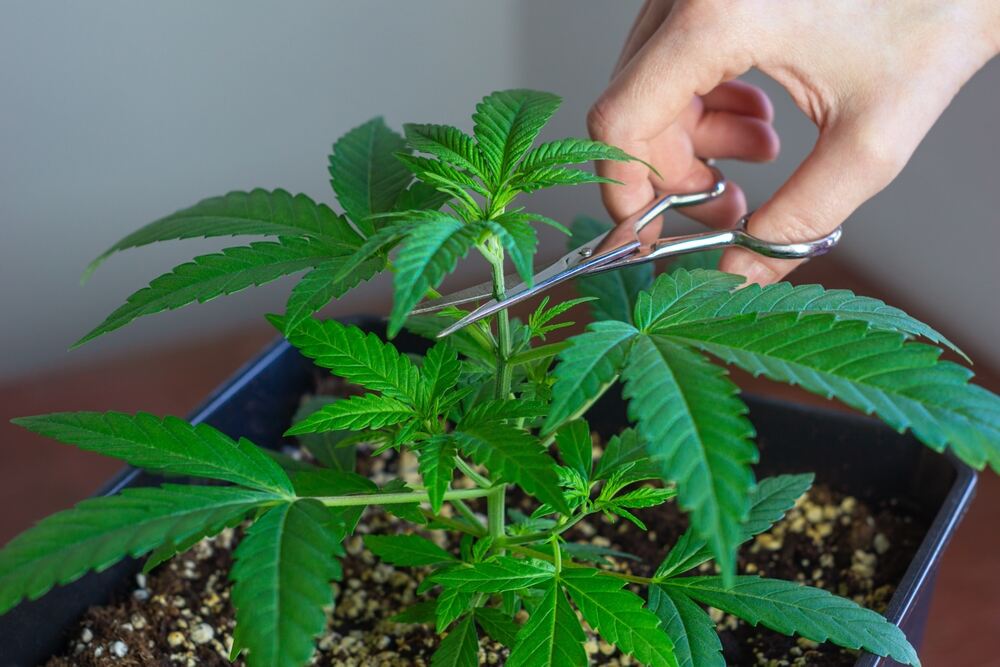
The decision to top a cannabis plant – surgically removing the main stem to encourage bushier growth – is a pivotal moment in a cultivator's journey. This seemingly simple act can dramatically influence yield, plant structure, and overall success. However, timing is everything, and a premature or delayed topping can stunt growth or diminish potential harvests, leaving growers facing frustrating setbacks.
Navigating the complexities of when to top a cannabis plant requires a keen understanding of plant anatomy, growth stages, and environmental factors. This article delves into the optimal timing for topping, exploring various perspectives from experienced growers and horticultural experts. We'll examine the indicators that signal a plant is ready for topping, the potential risks of improper timing, and alternative training techniques to consider. The goal is to equip cultivators with the knowledge needed to make informed decisions and maximize their cannabis crops.
Understanding the Vegetative Stage
Topping is exclusively a vegetative stage technique. The vegetative stage is the period of rapid growth that follows germination and seedling development. It's characterized by the vigorous production of leaves and stems, as the plant builds a strong foundation for flowering.
During this phase, the plant focuses its energy on upward growth, establishing a single dominant stem. Topping interrupts this apical dominance, triggering the growth of lateral branches and creating a wider, more manageable canopy.
Key Indicators of Readiness
Several visual cues indicate a cannabis plant is ready for topping. The most common indicator is the number of nodes, the points on the stem where leaves emerge.
Most growers recommend topping after the plant has developed between 3 and 5 nodes. At this stage, the plant has a sufficient root system and structural stability to recover quickly from the stress of topping.
Plant height is another important factor. Typically, a plant should be at least 6 inches tall before topping. This ensures that there are enough lower nodes to develop into healthy branches after the main stem is removed.
The overall health and vigor of the plant are also critical considerations. Avoid topping a plant that shows signs of stress, nutrient deficiencies, or disease. Addressing these issues first will improve the plant's ability to bounce back.
The "When to Top" Debate: Different Perspectives
While the 3-5 node guideline is widely accepted, experienced growers often have nuanced approaches. Some advocate for early topping, removing the main stem after only 2 or 3 nodes.
This technique, known as early topping, can promote even more lateral branching and create a very bushy plant structure. However, it also carries a higher risk of stunting growth if the plant is not sufficiently established.
Conversely, other growers prefer to wait until the plant has developed 5 or more nodes before topping. This approach, called late topping, allows the plant to build a stronger root system and greater resilience.
The downside of late topping is that it may result in fewer lateral branches and a less evenly distributed canopy. Ultimately, the best timing depends on the specific strain, growing environment, and grower's preferences.
Potential Risks of Improper Timing
Topping a cannabis plant too early can be detrimental to its development. If the plant is not yet strong enough, topping can shock the system and slow down growth significantly.
In some cases, it can even lead to plant death. Topping too late may limit the effectiveness of the technique, resulting in a plant that is still too tall and spindly.
The plant's energy will be focused on maintaining the main stem rather than developing lateral branches. Furthermore, attempting to top a plant during the flowering stage is almost universally discouraged.
This will disrupt the flowering process and drastically reduce yields. The key is to top during the vigorous growth phase of the vegetative stage, giving the plant ample time to recover and develop a robust structure.
Alternative Training Techniques
Topping is just one of several techniques used to train cannabis plants. Other popular methods include Low Stress Training (LST) and Screen of Green (ScrOG).
LST involves bending and tying down branches to create a more even canopy. ScrOG utilizes a mesh screen to support and distribute the branches horizontally.
These techniques offer a less invasive approach to plant training, reducing the risk of stress and stunting. Some growers even combine topping with other training methods to achieve optimal results.
For example, a plant can be topped early and then subjected to LST to further encourage lateral growth. The choice of training technique ultimately depends on the desired plant structure, growing space, and grower's experience.
Strain-Specific Considerations
Different cannabis strains respond differently to topping. Some strains, particularly those with a naturally bushy growth habit, may not benefit as much from topping.
These strains tend to produce numerous lateral branches even without intervention. In contrast, other strains that tend to grow tall and lanky can greatly benefit from topping to create a more manageable and productive canopy.
Researching the specific characteristics of a strain before topping is essential. This will help determine whether topping is necessary and what timing will be most effective. Consult resources like seed bank descriptions and online grow forums for strain-specific guidance.
Looking Ahead: The Future of Cannabis Training
The science of cannabis cultivation is constantly evolving. Researchers are exploring new and innovative training techniques to maximize yields and improve plant health.
Techniques such as super cropping (intentionally damaging plant tissue to stimulate repair and growth) are gaining popularity. Automation and precision agriculture are also playing an increasing role.
Advancements in sensor technology and data analysis allow growers to monitor plant growth and environmental conditions with greater precision. This data-driven approach enables more informed decision-making regarding topping and other training techniques.
As the cannabis industry continues to mature, expect to see further refinements in plant training methods and a greater emphasis on optimizing plant growth for specific environments and strains. The art and science of cannabis cultivation will likely merge even more closely in the years to come.
In conclusion, determining when to top a cannabis plant is a critical decision that requires careful consideration of various factors. By understanding the plant's growth stages, recognizing the key indicators of readiness, and considering strain-specific characteristics, growers can maximize the benefits of topping. While there is no one-size-fits-all answer, a well-informed approach will undoubtedly lead to healthier plants, increased yields, and a more rewarding cultivation experience. Remember to always prioritize plant health and adapt your techniques based on your specific growing environment. Experimentation and observation are key to mastering the art of cannabis cultivation.


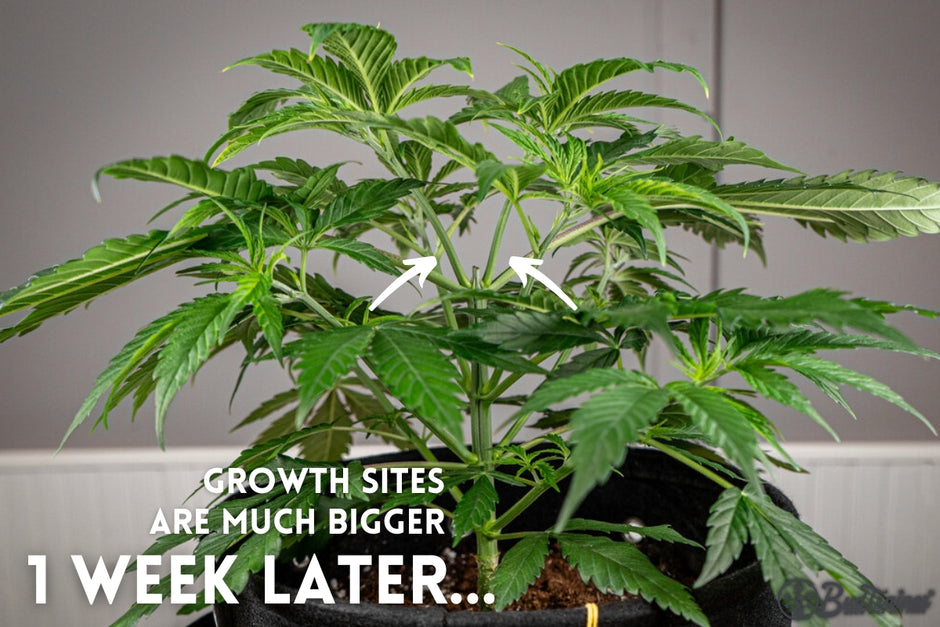

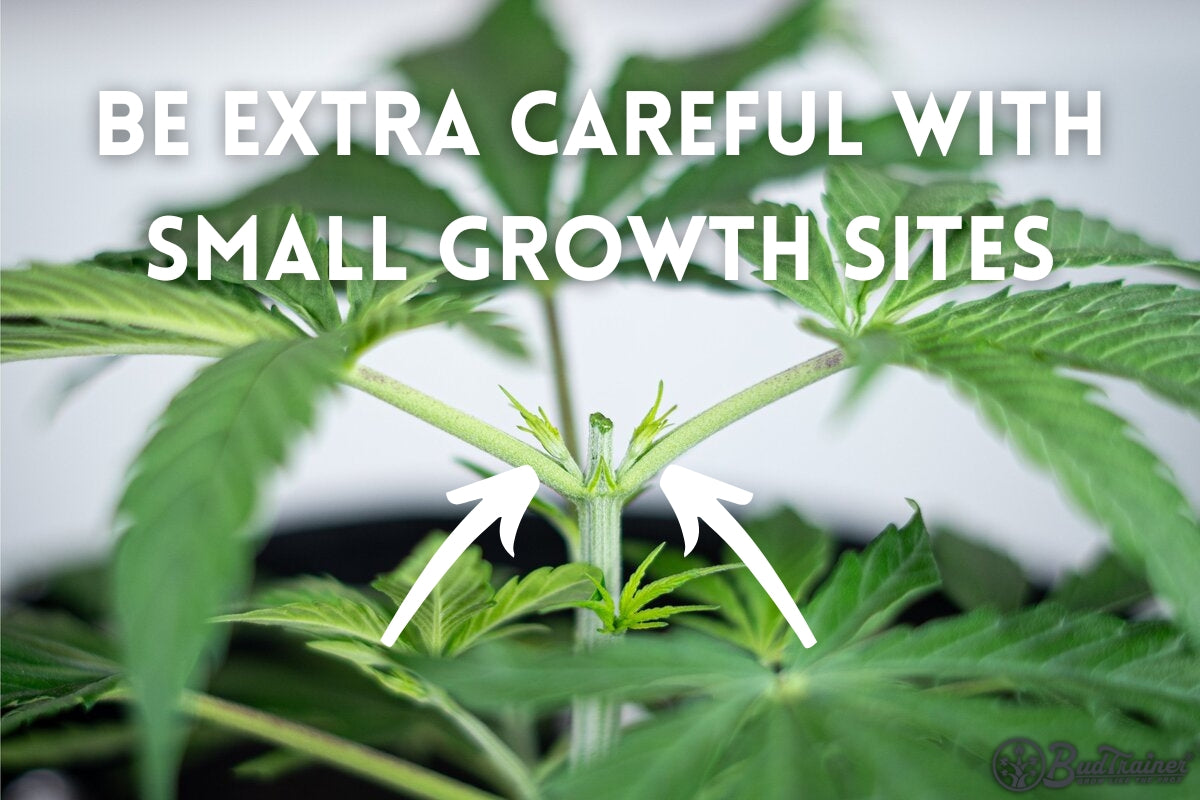

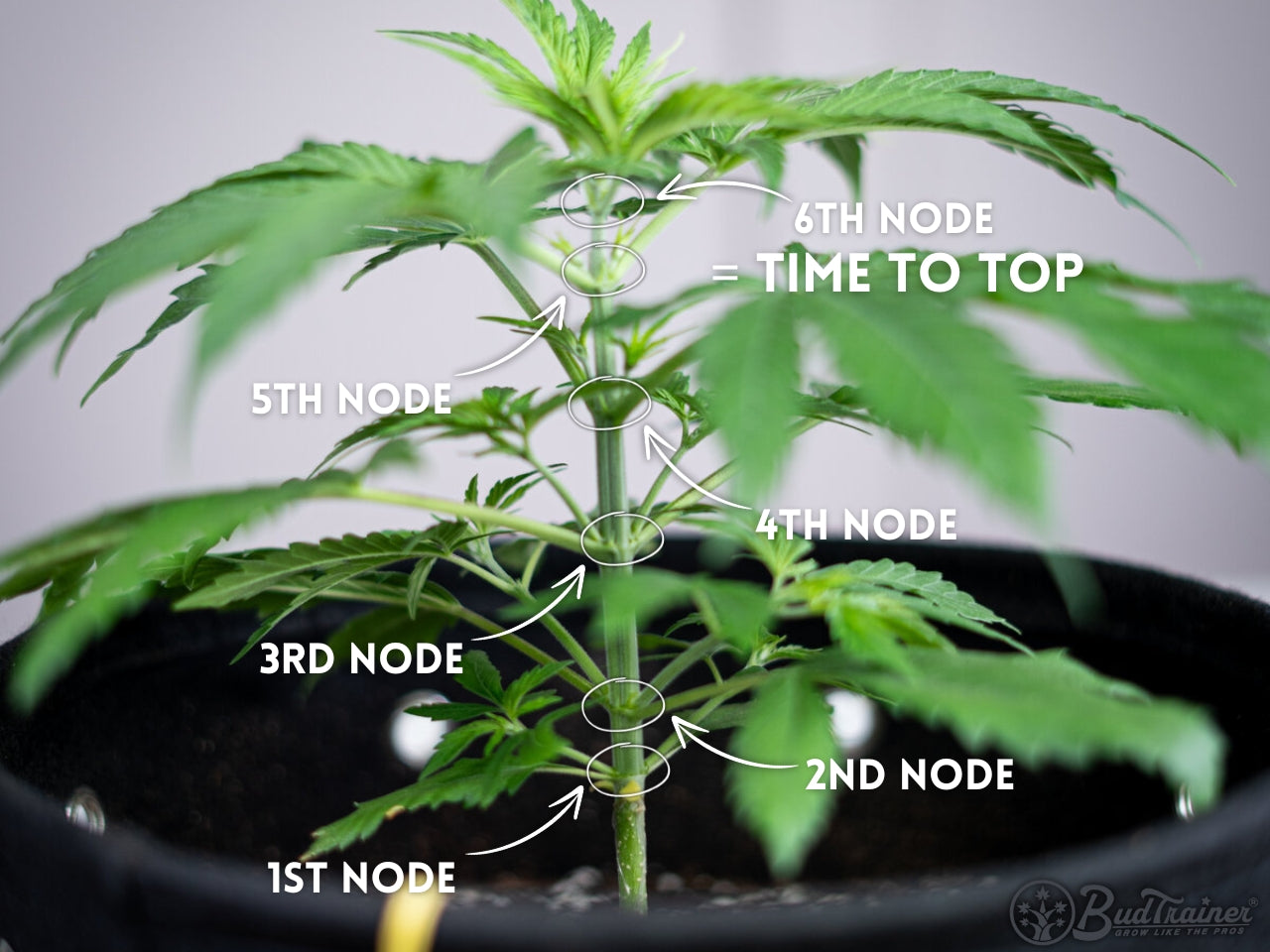

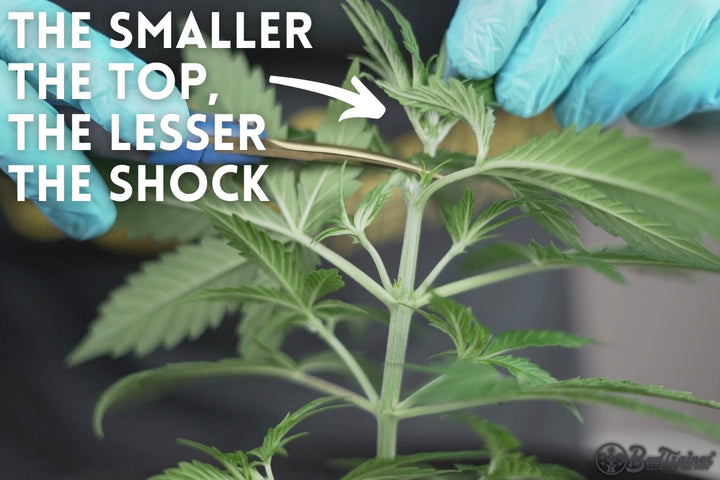
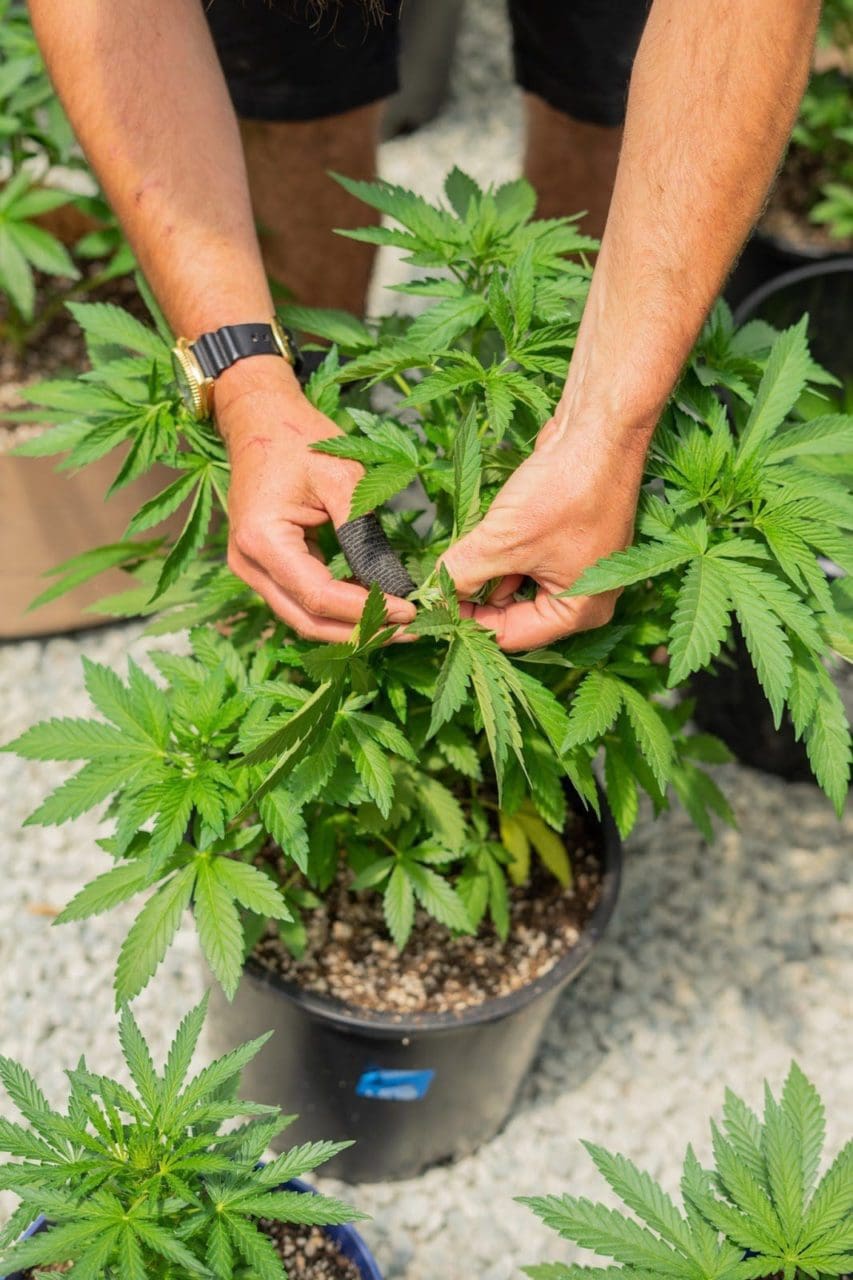

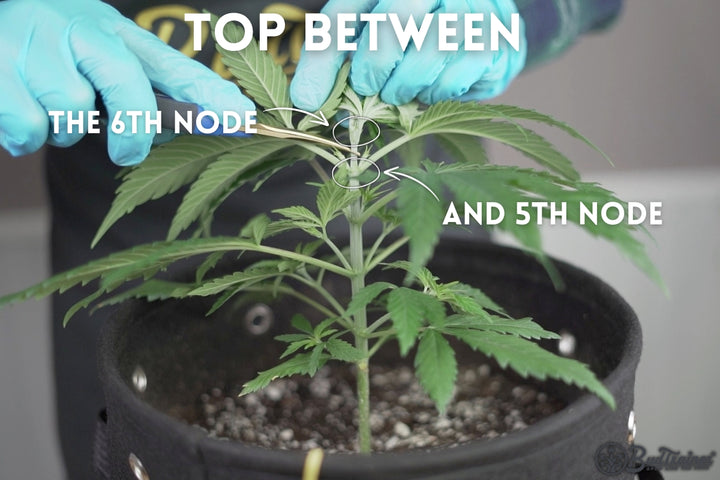
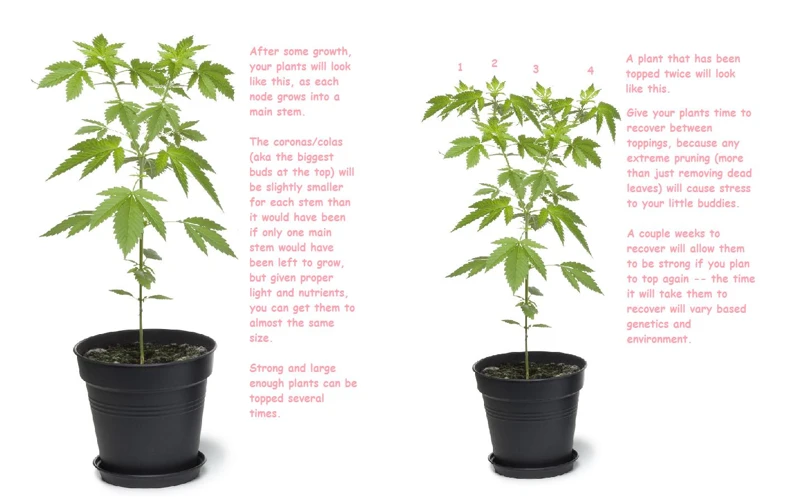
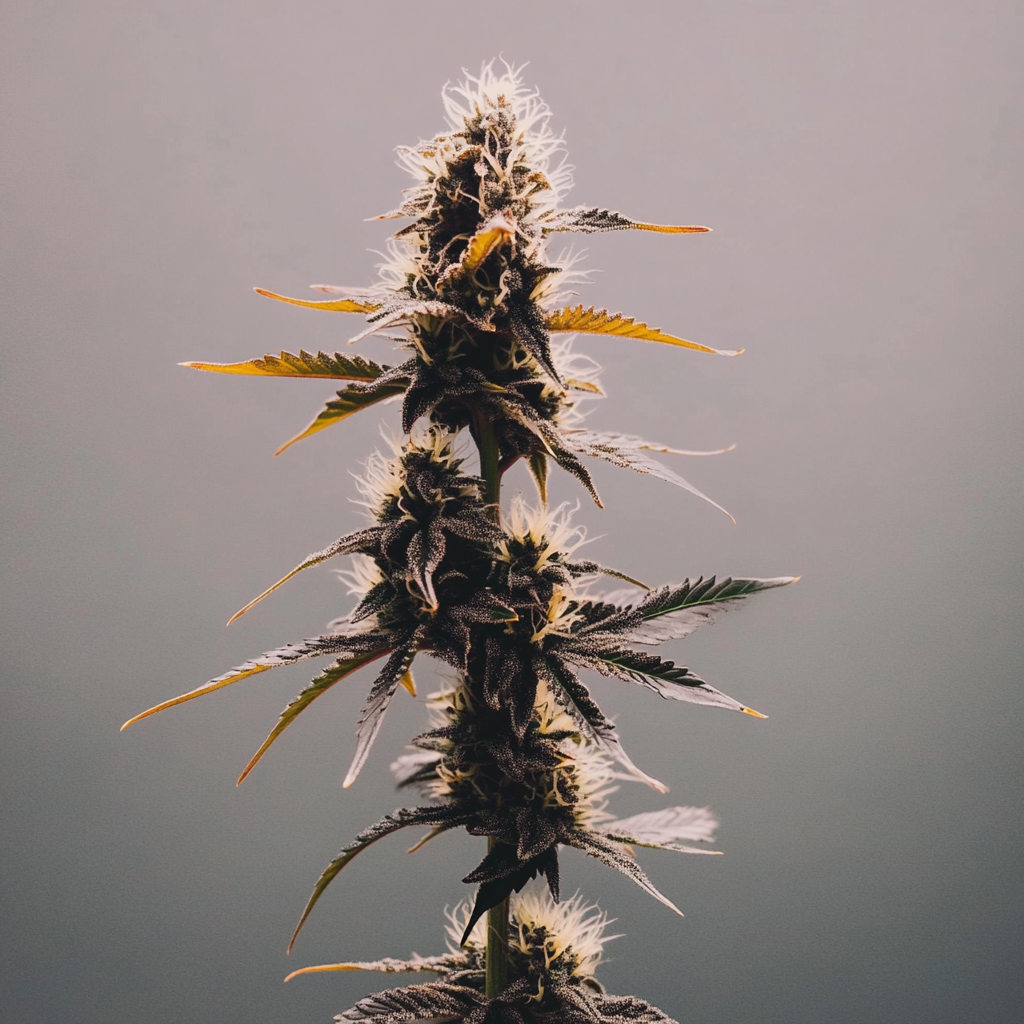
![When To Top A Cannabis Plant When to Top Cannabis Plants [Growth Tips]](https://flyhighseeds.com/wp-content/uploads/2023/02/Topping_Cannabis_Plants_900x650.jpg)



